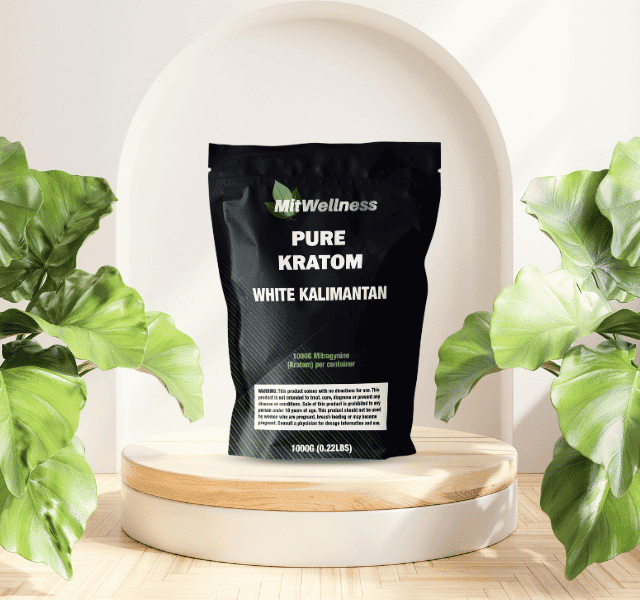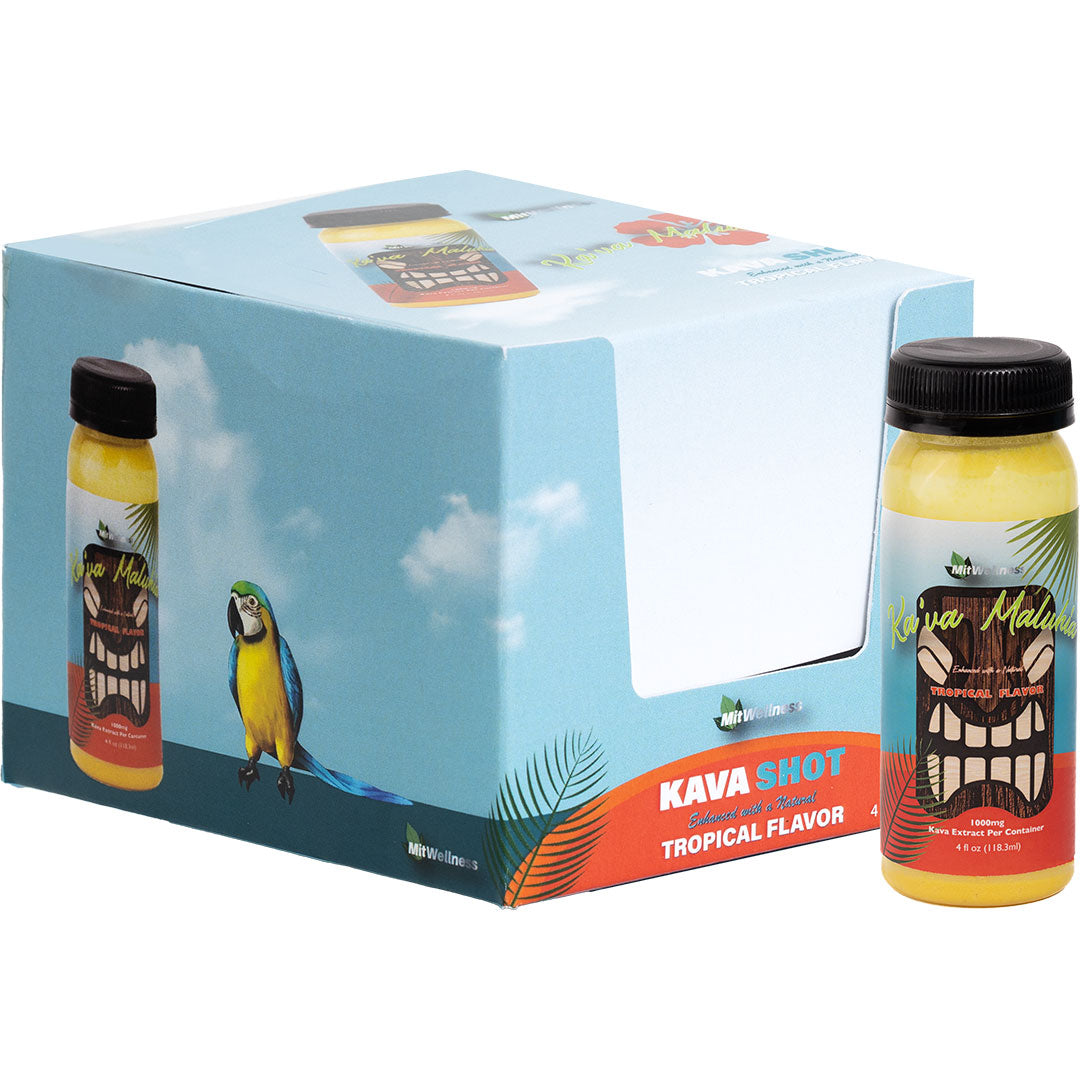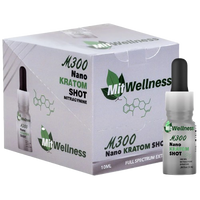 Kratom, a tropical tree native to Southeast Asia, has piqued the scientific community and the general public’s interest. Known scientifically as Mitragyna speciosa, kratom leaves contain compounds that can have useful benefits, leading to its increasing use for general wellness purposes. As research into kratom continues to evolve, questions about its potential uses, regulatory status, and safety remain at the forefront of discussions. This blog post delves into the ongoing research, explores the potential uses of kratom, and considers what the future may hold for this intriguing plant within the scientific community.
Kratom, a tropical tree native to Southeast Asia, has piqued the scientific community and the general public’s interest. Known scientifically as Mitragyna speciosa, kratom leaves contain compounds that can have useful benefits, leading to its increasing use for general wellness purposes. As research into kratom continues to evolve, questions about its potential uses, regulatory status, and safety remain at the forefront of discussions. This blog post delves into the ongoing research, explores the potential uses of kratom, and considers what the future may hold for this intriguing plant within the scientific community.
What is Kratom?
Kratom is an herbal/botanical substance known for its unique blend of properties, which vary depending on the serving size, strain, and individual user. The leaves of the kratom tree contain the primary active compound, mitragynine, which is believed to produce many of its effects. Kratom’s benefits may include increased energy and focus.
Current Research and Potential Medical Uses
Research into kratom is ongoing, with scientists examining its effects on the body and potential general wellness benefits. Studies have highlighted kratom’s potential for many health benefits. Much research has been conducted, and there is an ever-increasing understanding of its benefits and safety profile.
Kratom Strains
Kratom comes in various strains, with each purporting unique effects, which are influenced by the region of cultivation, the color of the veins in the leaves, and the specific processing methods used. For instance:
- Green Vein Borneo and Green Maeng Da kratom may enhance mood and provide moderate energy boosts.
- Yellow Vein Kratom strains are reputed for their stimulating effects and potential to maintain mood and energy.
- White Indo Kratom may have energizing effects, whereas Red Bali Kratom may have the ability to promote relaxation.
- Green Malay Kratom is celebrated for its long-lasting effects that include enhanced focus.
- Gold Vein Kratom, including Gold Kratom, is valued for its ability to boost mood and energy levels.
Each strain offers a distinct profile. However, the FDA backs none of these claims to date.
Legality and Safety Concerns
The regulatory status of kratom varies by country and, in the United States, by state. While it remains available in most places, its regulatory status is subject to change as regulatory bodies continue to evaluate the scientific evidence regarding its safety and potential for use. Concerns about safety, particularly regarding contamination, incorrect serving size, and potential habit-forming potential, underscore the need for further research and regulation.
Kratom’s Expiration and Storage
A common question among kratom users is, “Does kratom expire?” Like many herbal substances, kratom does need to have an expiration date, although it’s not as straightforward as other perishable goods. Proper storage is key to prolonging its shelf life. Kratom powder, if stored in a cool, dark place and sealed properly, can last for several months to a few years. However, exposure to elements like light, air, and moisture can degrade its quality over time.
Future Directions in Kratom Research
The future of kratom research looks promising, with several areas ripe for exploration. Scientists are particularly interested in isolating and studying the effects of kratom’s active compounds. A better understanding of the plant’s properties, potential general wellness applications, and safety profile could lead to the development of new and exciting products. Additionally, research into the development of standardized serving guidelines and the exploration of kratom’s water solubility could enhance its usability and safety as a natural product. The potential for kratom to offer a natural alternative makes it a subject of significant interest for future clinical trials. As the scientific community continues to unravel the complexities of kratom, its potential l uses, and implications for public health and safety, it’s clear that kratom remains a subject of both intrigue and controversy. With ongoing research and an increasing understanding of its properties, kratom could potentially play a significant role in many future applications. However, additional studies and a careful regulatory approach are essential to ensure that the benefits of kratom can be harnessed safely and effectively.





















